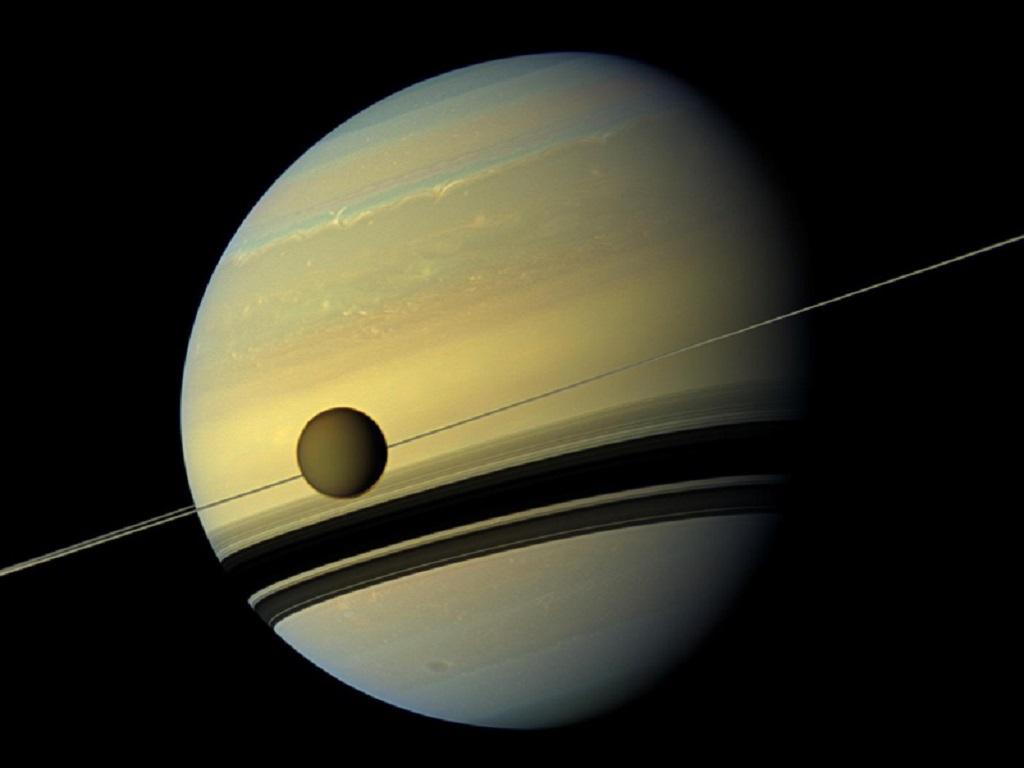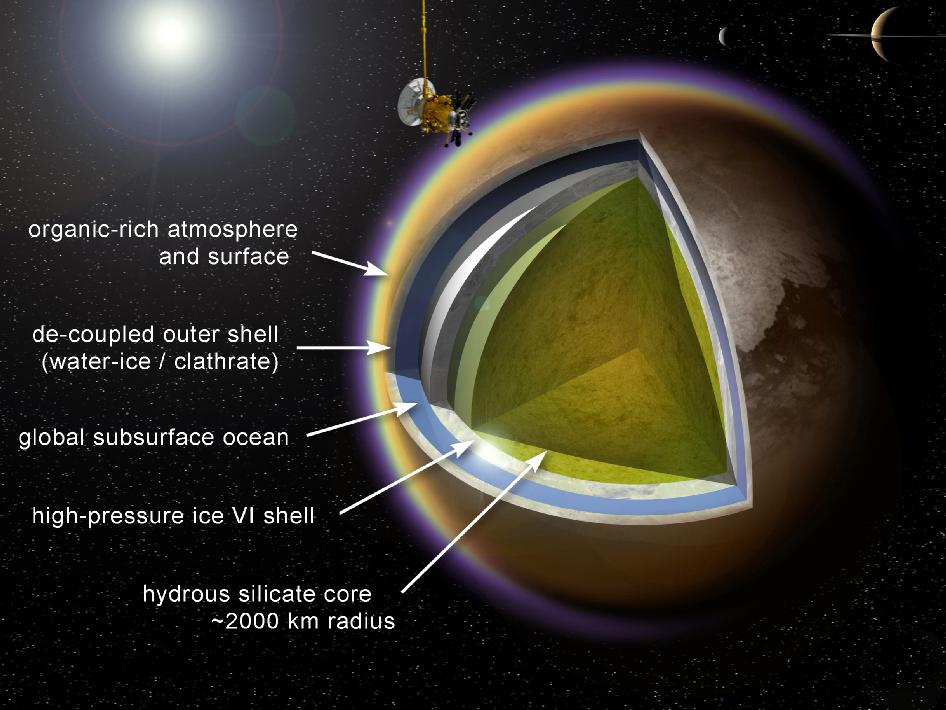Free Courses Sale ends Soon, Get It Now


Free Courses Sale ends Soon, Get It Now



Disclaimer: Copyright infringement not intended.
Context
Details
|
Ooids in Titan Ooids form when calcium carbonate from the water attaches in layers around a grain, such as quartz, the report noted. While ooids grow as the mineral solidifies from a solution, they also break down when grains are smashed into each other by waves and storms. This process ensures the size stays constant, the researchers highlighted. Something similar can be playing out on Titan, too, the researchers speculated. The hydrocarbon sediments might break down during their transport through wind or methane rivers. They are likely to grow back as fragments combine to form sand-sized grains during rest. |
About Titan

© 2024 iasgyan. All right reserved